The “Sleep Low, Train Low, Train High” nutritional strategy
Although a long-distance athlete has an interest in improving their ability to use fat reserves as an energy source, this doesn't mean that they need to adopt a diet high in fat and low in carbohydrates.
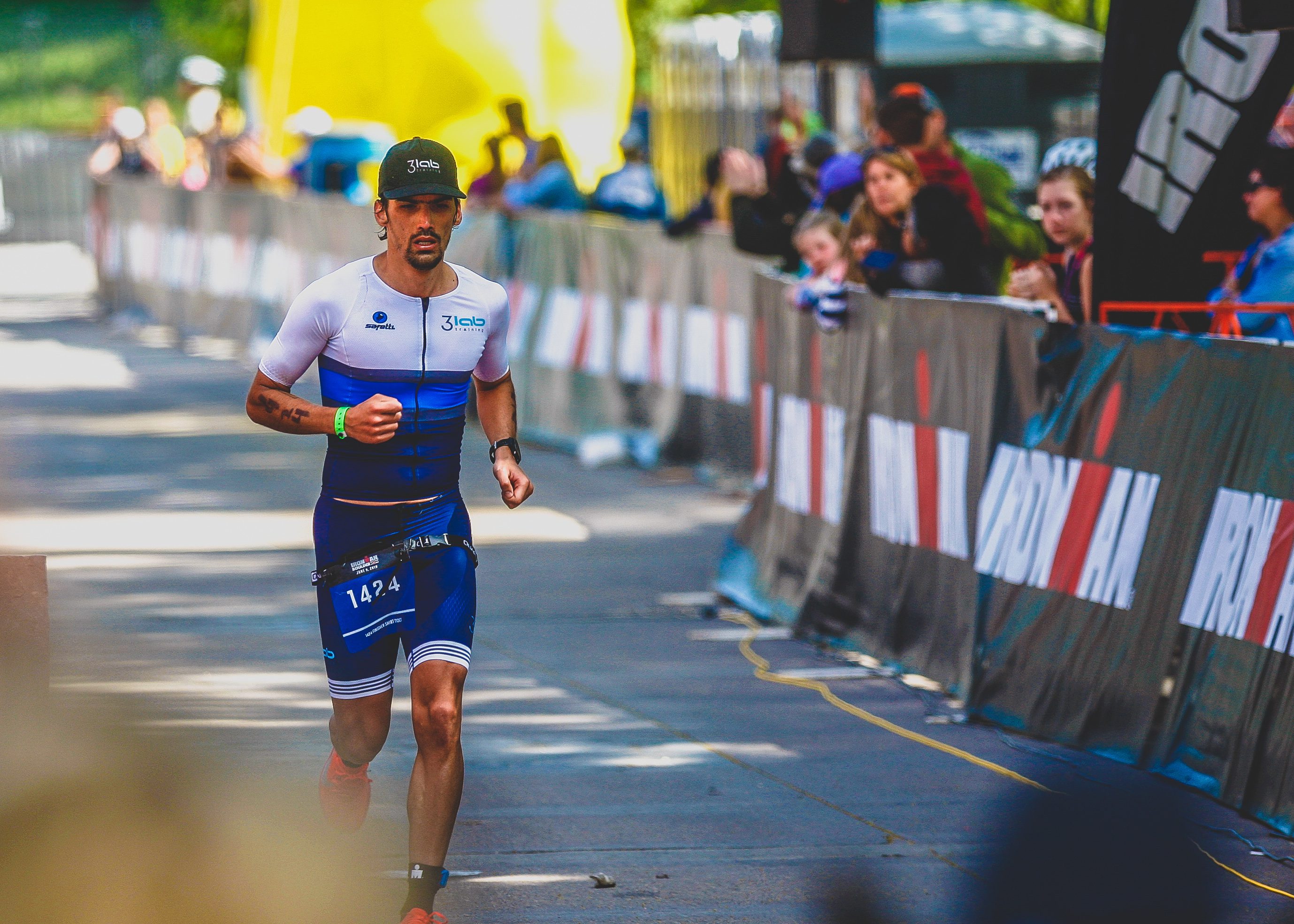
Being better at using fat reserves is a big advantage for long distance athletes. In comparison to our reserves of glycogen which are quite limited, fat reserves are almost unlimited. Therefore, if an athlete can develop their ability to oxidize fat, they could:
- Hold a moderate effort for a very long time without eating
- Save more on glycogen stores
- Still have glycogen reserves near the end of a long distance event (the marathon in the case of an Ironman, or the final sprint in the case of a bike competition)
- Don’t have to consume as many calories during a competition, so possibly less gastrointestinal problems
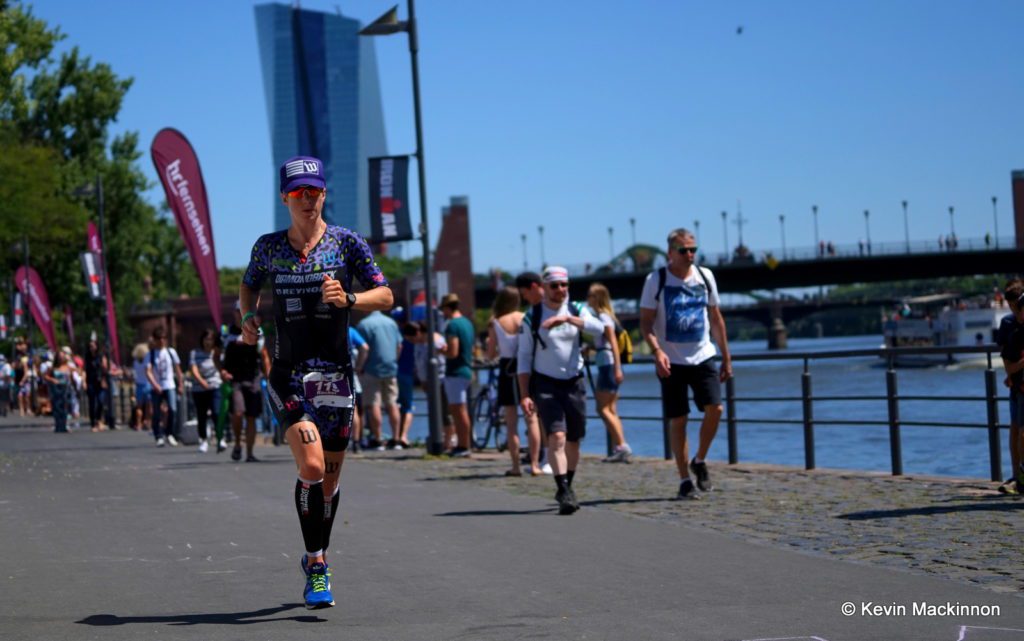
Related: How to become a better fat burner
If two triathletes finish the bike at the same time, but one has a higher fat burning ability than the other and starts the marathon with higher glycogen reserves, they have a big advantage. First, they have a greater supply of energy reserves, so they can run at a set speed for longer. Because they have more stores available, they don’t need to consume as many calories during the marathon. This lowers the risk of having gastrointestinal problems. Finally, they are less likely to hit the wall (due to a lack of glycogen) towards the end of the marathon. Mark Allen, a six-time Ironman world champion, attributes his success to his ability to burn fat reserves. He performed many long, low-intensity sessions with few calories to adapt to using his fat reserves as a source of energy.
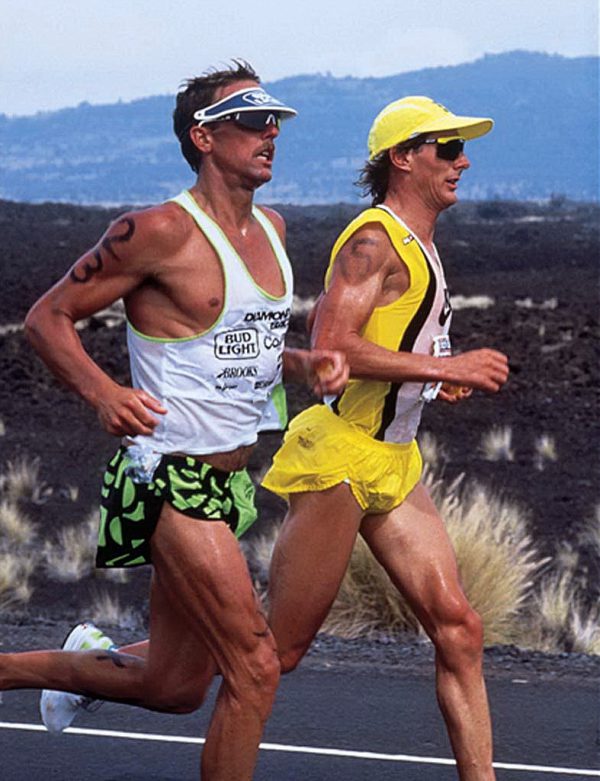
Although a long-distance athlete has an interest in improving their ability to use fat reserves as an energy source, this doesn’t mean that they need to adopt a diet high in fat and low in carbohydrates. Despite there being a few cases of athletes who perform well on a High-Fat Low-Carb (HFLC), the vast majority of elite athletes follow a diet high in carbohydrates, moderate in protein and low in fat. The reason is that carbohydrates are an ideal source of energy to perform at high intensity and that the amount of glycogen in the muscles before an effort directly affects the performance during prolonged intense effort. Without glycogen reserves and without consuming carbohydrates, it is difficult to perform.
Related: Fasted workouts part of a periodized nutritional approach
Several studies have shown that prolonged moderate efforts with empty glycogen stores, increases an individuals perception of pain. A recent study demonstrated the effect of following an HFLC diet on the performance of fast-paced elite athletes, and the athletes who followed this diet performed less well than the athletes who followed a high-carbohydrate diet. While also consuming more oxygen for the same effort, meaning their economy was inefficient. Another study showed a similar effect following an HFLC diet on the performance of fast-paced elite athletes. The athletes who followed this diet performed less well than the athletes who followed a high-carbohydrate diet. As seen before, their consumption of oxygen was higher for the same effort.
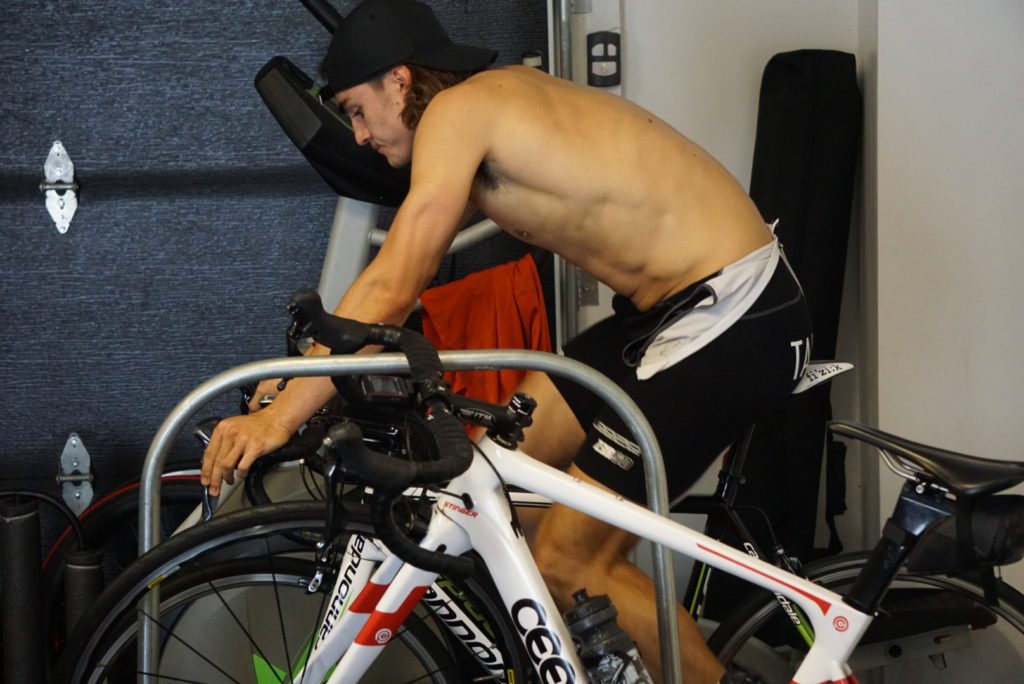
Although a long-distance athlete has an interest in improving his ability to use his fat reserves as an energy source, this does not mean that he should necessarily adopt an HFLC diet. In short, we need glycogen to perform at high intensities and during a very long effort like a marathon or Ironman.
So is it possible to improve fat oxidation (ability to use fat as an energy source) without following a diet high in fat?
Yes, it’s called periodized nutrition. In other words, you also have to think about WHEN you eat. Many call this the “Sleep Low, Train Low, Train High” strategy.
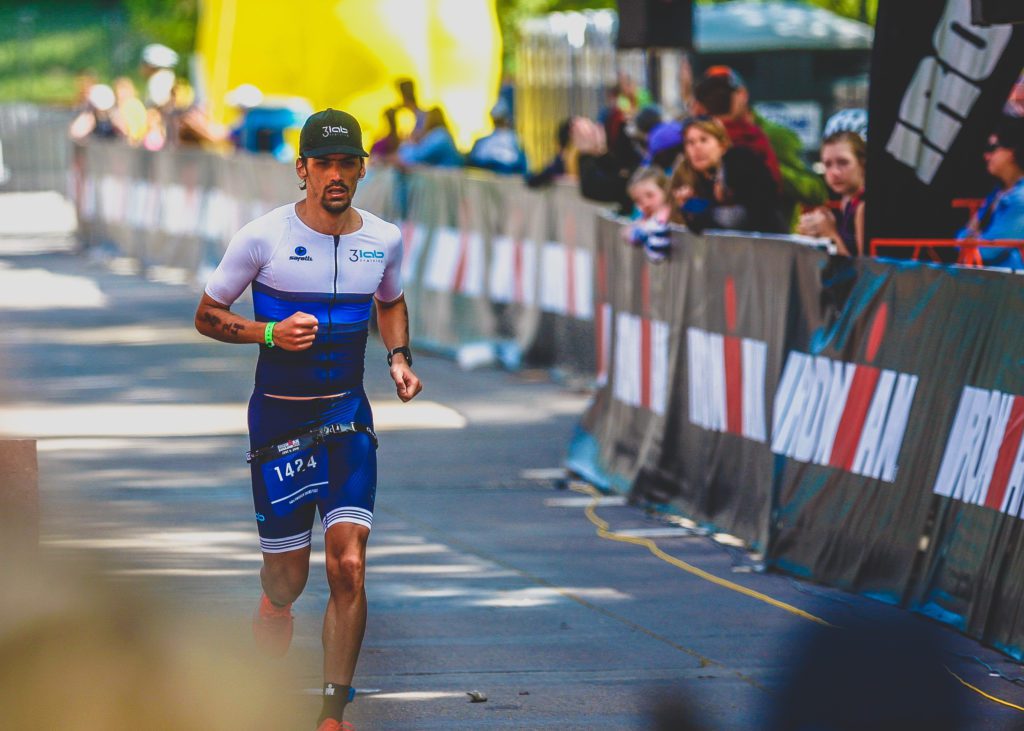
In the evening, you have a fairly light meal with little carbohydrates. The next morning, your glycogen stores are almost empty, so you do a low-intensity fasting workout. It is very important that the intensity is low. This will teach your body to oxidize fat reserves as a source of energy. Following this session, eat a good meal rich in carbohydrates to fill your glycogen reserves. In the afternoon, with your glycogen reserves filled, do a high-intensity workout.
It’s not necessary to do this nutritional strategy every day of the week. By performing a few low-intensity fasting sessions you will improve your ability to oxidize your fat stores.
